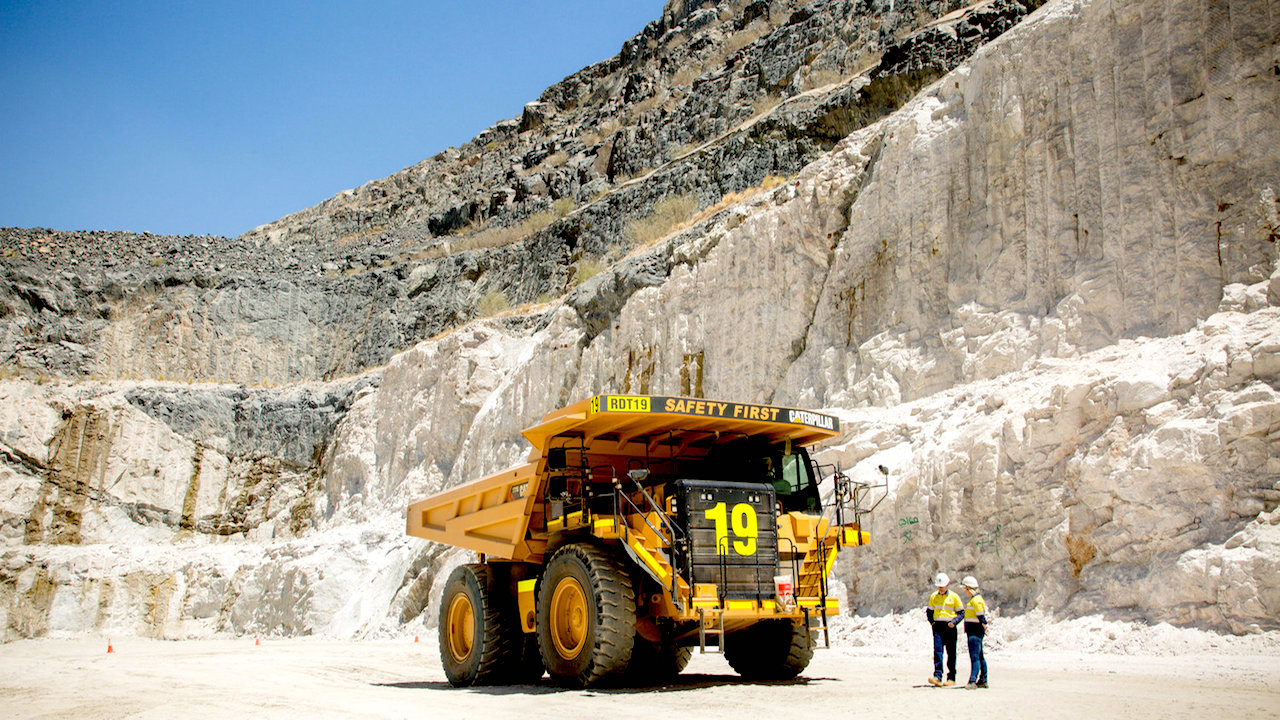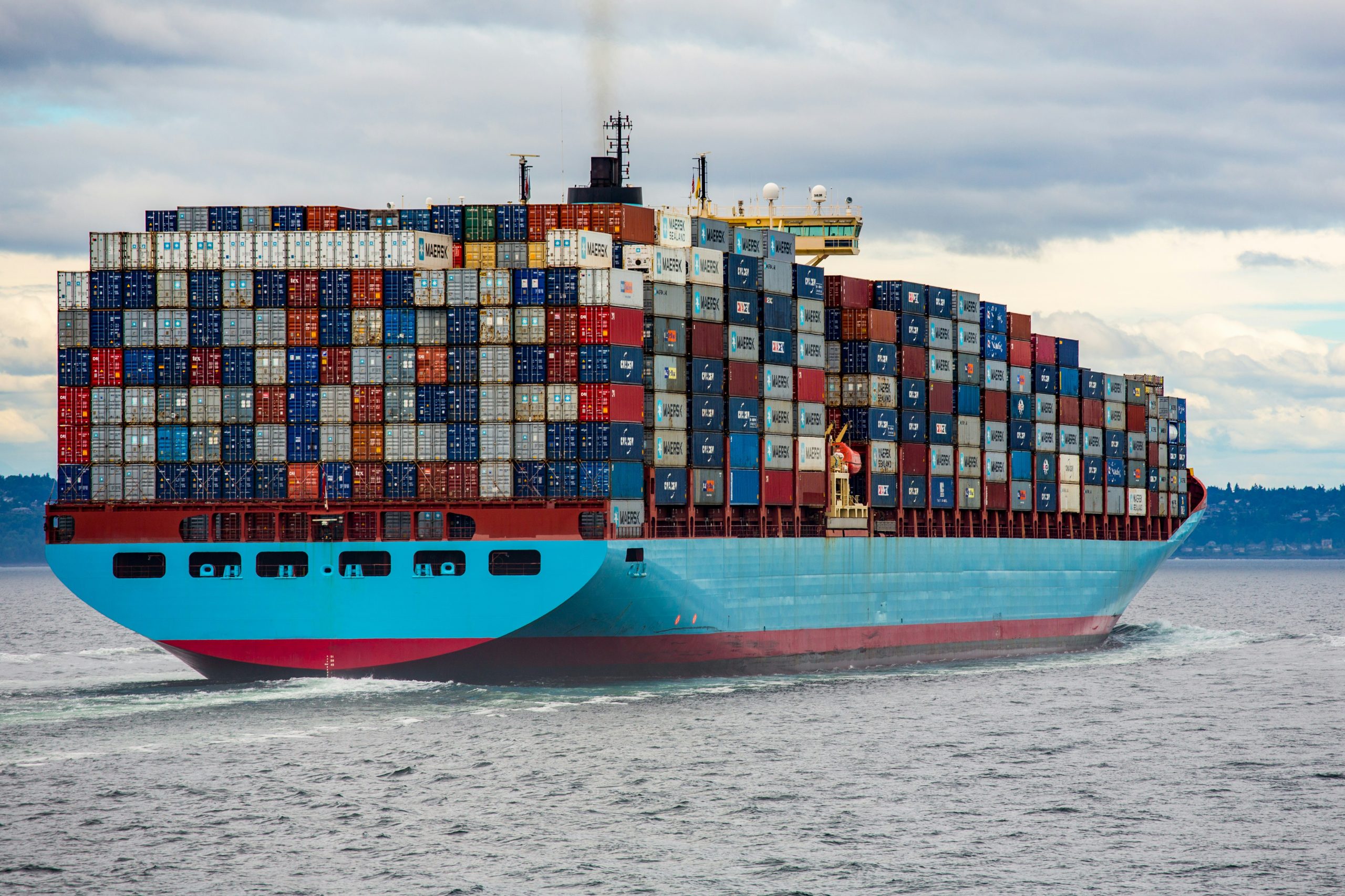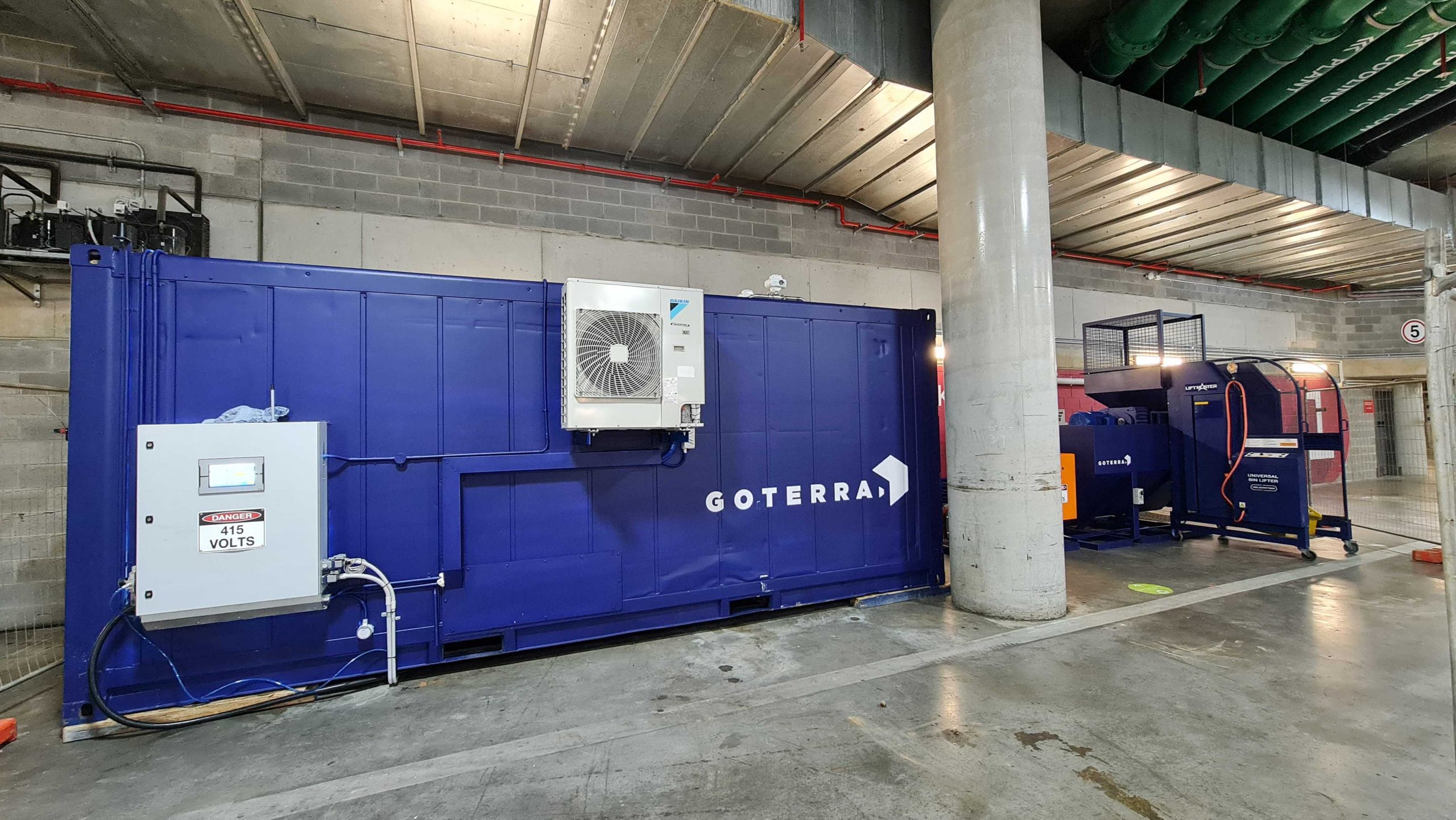The resurgent dominance of China in the global ‘critical minerals’ supply chain is a growing concern for western countries. Until alternate supply chains can be developed – likely a 10+ year challenge – China holds significant and increasing leverage over the US and Europe. The scale of the impact on global markets is both underappreciated and rapidly unfolding, yet it is crucial for investors to understand the full landscape to make informed decisions. The first half of the following discussion considers the global critical minerals industry – as an Australian with considerable expereince working and investing in China, I aim to provide a fresh perspective on the geopolitical context. The latter half provides an overview of the critical minerals market, and concludes with actionable insights for investors.
The launch of 'critical minerals' lists across western nations since 2018
Over the past 5 years, we have seen the US, Europe, India, and Australia introduce ‘critical mineral’ policies specifically seeking to develop alternate sources of critical minerals away from China, Russia, and their associated BRICS+ nations. This includes not only physical resource security, but also the processing of critical minerals in ‘friendly’ or ‘values aligned’ nations. [1] [2] [3] [4]
List of critical minerals
Expansion
European legislation
US vulnerability: high dependency on foreign imports of critical minerals
The following charts illustrate the US’s current dependency on imports of critical minerals included on its updated 2022 list [5]. US foreign dependency on imports is above 50% for all but 4 of the 48 minerals shown below and is 100% dependent on 31 of these minerals. US critical mineral supply chains for its future technology development remain highly vulnerable until alternate sources for mining and processing, either domestically or via ‘friendly’ nations, can be developed.
US foreign import dependency (%) - 1 of 2
Data Source: US Geological Survey
US foreign import dependency (%) - 2 of 2
Data Source: US Geological Survey
The red coloured bars in the charts above highlight China’s near monopolisation of the critical mineral supply chains of concern to the US. China is the largest processor for each of these minerals shown in red, and in many instances, particularly for the 15 rare earth elements listed, they are also the world’s largest miners of them.
This vulnerability to China is the primary driver behind the US government’s policy announcements to provide funding to governments in Canada [6], Australia[7] and the UK[8] to develop alternate sources of critical minerals supply. Additional funding is also being provided to public and private mining companies to fund resource development. Australia’s Syrah Resources, a miner and processor of graphite used to make anodes in Lithium batteries, secured US$220m of funding[9] from the US Department of Energy in October 2022 to build a spherical graphite plant in the US.
Understanding China’s dominance in critical minerals refining
The chart below illustrates China’s global production and refining capacity across 32 critical minerals that appear on either the US or EU’s target lists. China is the #1 global processor/refiner of 20 of these minerals (shown in red), and a Top 3 global refiner in an additional 3 minerals (shown in yellow). As mentioned above, China is also the dominant miner of many of these minerals.
China’s share of global 2022 refining production (%)
Data Source: US Geological Survey
The west’s response
Over the past few years, the US and EU have accelerated their efforts to decelerate China’s technology capabilities citing security concerns. What started with a push to prevent Huawei (China’s dominant 5G technology equipment) from winning contracts with western telecommunication networks has accelerated to actively prevent China from closing the gap with the US / EU in advanced semiconductors (components essential for the development of future technologies, including machine learning and artificial intelligence).
US domestic policy towards China has placed enormous pressure on key manufacturers in the semiconductor supply chain to stop selling cutting-edge equipment to advance Chinese domestic semiconductor makers. ASM Lithography, a US$270 billion Dutch company which dominates the semiconductor ultra-violet light lithography machinery sector, recently faced a new export restriction regime that requires licences to export the sale of their high-end lithography equipment to China from January 1, 2024[10].
The US also imposed legal pressure on US citizens working in the Chinese semiconductor industry in early 2023, forcing almost 300 US citizens to resign en masse and return home or risk losing their US citizenship[11]. Further pressure has been placed on semiconductor fabricators in Taiwan, South Korea and Japan, with the world’s leading fabricator Taiwan Semiconductor (TSMC, 70% global market share) ceasing its work with Chinese chip designers (including China’s largest contract chip manufacturer, SMIC and Alibaba[12]). These US sanctions have dramatically impacted some Chinese companies plans in AI development, and recently forced the cancellation of Alibaba’s cloud division IPO in November 2023[13] due to semiconductor chip supply uncertainty.
Flexing its refining muscle
China’s retort to US and EU sanctions utilises their leading position in critical minerals refining and restricting their availability to countries it deems are acting against China’s development. This includes recent export licence requirements on;
-
Gallium & Germanium
Rare-earth elements critical in the manufacture of semiconductors. China applied export restrictions from August 2023 on these two minerals[14]. It effectively controls 100% supply and processing of both critical minerals.
-
Graphite
Used to make anodes in Lithium-Ion batteries. From December 2023, manufacturers in China of either high-purity synthetic graphite, natural flake graphite or related products will be required to apply for export licences prior to sales to overseas markets[15].
Tit-for-tat – the US responds to China’s recent critical minerals ban
The tit-for-tat battle with China increased on 17th October 2023 when the US further tightened the ability for China to access AI-chips produced by market leader NVIDIA. Restrictions were also applied to 21 other countries that the US believed were helping China avoid previous technology sanctions by routing sales through these 3rd party countries[16].
What could the next response from China be?
With over 50% of the global EV market within its domestic market, alongside 35% of all global passenger vehicle sales, there is strong evidence that China has sufficient internal demand for much of the critical minerals that it processes. In addition, higher economic growth rates in the world’s emerging economies (compared to the ageing and heavily indebted G7 countries), particularly within the expanding BRICS+ nations, offer new demand for Chinese critical minerals output over the next decade.
China can also apply pressure on US and EU companies that are dependent upon sales in the Chinese domestic market. Consider German automakers VW, BMW, and Mercedes; The German domestic car market is approximately 2.7 million vehicles per year, but their combined Chinese auto sales surpassed 4.5 million vehicles in 2022. The Chinese central government, using targeted subsidies to purchase local branded EV or internal combustion engine (ICE) vehicles, could dramatically impact German branded car sales and exert substantial damage on German automakers.
In a globalised economy, ramping up economic nationalism can inadvertently do far more damage than anticipated. Suggestions of sanctioning Chinese auto makers could risk bankruptcy for the already vulnerable European carmakers if they lost access to the Chinese auto market at a time when they are desperate for cash flow to fund the costly transition to EV manufacturing.
What is the big challenge for the US and Europe?
Investors who have spent considerable time in China understand the immense scale of China’s logistics and manufacturing supply chains and the dependence of almost every global company on sourcing parts and finished products for their international manufacturing operations. In 2023, China’s share of global manufacturing reached US$5 trillion (32% global), 7x larger than the #2 player, Germany, at US$750 billion and 11x larger than #3 player, India[17].
A combination of the enormous trade dislocation that resulted from the Covid-19 shutdown and restart, alongside increased tension between China and the West, has led to a strong push by international companies to reduce their supply chain dependence on China. This shift will be difficult, requiring enormous financial support and unified political backing, and likely take more than a decade to achieve.
Building new capacity in the US and Europe will take time and an enormous amount of financial support from EU and US governments in the form of subsidies. Until sufficient scale is reached, prices for locally made products will not be able to compete with China-priced goods, resulting in price inflation at a time when Europe and the US is desperately trying to lower inflationary pressures, much of which has resulted from broken supply chains that occurred directly from Covid-19 policies. Additional wage pressure from retraining local workforces during the re-onshoring process will also create further inflationary pressure.
Tesla’s EV production facility in Shanghai currently produces ~1.0 million vehicles per year (3,000 vehicles per day, or approximately 2 vehicles every minute). To achieve this extraordinary feat, Tesla must tightly manage raw material and parts supply chains from third party auto parts makers, manufacture and test each vehicle, and have a highly coordinated logistics network to remove the vehicles off the site to prevent a backup of finished goods. To achieve this provision, Tesla source over 80% of its 3rd party auto parts domestically in China, with most manufacturers located within proximity to the Tesla factory.
Investors need to be wary of underestimating the costs and time frame associated with a re-onshoring shift. This risk was echoed by Mercedes Benz CEO Ola Kallenius, who stated in May 2023 that “cutting ties with China is “unthinkable for almost all of German industry”[18].
Are we seeing a softening in the China/US relationship?
A recent summit between Chinese President Xi Jinping and US President Biden in November 2023[19] suggested both countries may take a step back from their hostility towards each other. This softening would essentially buy time for both parties; for China, time to improve economic growth in its domestic economy, and for the US, time to build out ‘friendly’ supply chains.
The chart below of a survey of 1,000 Chinese citizens by Axios in October 2023[20] shows a large improvement in Chinese citizens view of the US, with 45% of respondents viewing the US as an “ally” or “friend”, up from just 10% in February 2022, indicating popular support for pragmatism and easing of tensions.
Chinese perceptions of Sino-American relationship
Data Source: Morning Consult Chart via Axios Visuals (surveys conducted of approximately 1,000 people)
A November 2023 report from Bloomberg[21] suggests that the US Congress would step back from plans to use its annual defence bill to tighten controls on US investments into Chinese technology companies. Instead, the US Congress would look at individual investments rather than a blanket ban approach, which would almost certainly result in further action from China, potentially further restricting access to its critical minerals before the US has sufficient time to find alternate supply chains.
The critical minerals market & insights for investors:
How big is the “critical minerals” market?
The total market
for critical mineral sales was estimated at US$310 billion in 2022. Twenty-five
individual critical minerals, plus an additional 15 smaller ones grouped under
the “other” column, are shown in the chart below.
2022 share of total critical mineral revenue (US$310bn)
Data Source: US Geological Survey
Largest contributors to critical mineral sales:
-
Vanadium
12.6% of total. Is used in the manufacture of steel alloys used in space vehicles, nuclear reactors, aircraft carriers and planes
-
Platinum group metals
Platinum, Palladium, and Rhodium make up 12.5% of the total market. They are used primarily used in vehicle catalytic converters, but can also be found in computer hard discs, mobile phones, and aircraft turbines.
-
Lithium
Also makes up 12.5% of the total market. Its primary use is as a catalyst in lithium-ion batteries that are used in electric vehicles and utility grid power storage.
-
Titanium
Makes up 8.5% of global critical mineral sales, is used in aircraft, spacecraft and missiles because of its unique properties of low density (lightweight) and ability to withstand very high temperatures.
-
Rare-earth elements (REEs)
Individually these are small markets, but combined make up 24% or US$75bn of revenue in 2022. They are currently used in magnets and super magnets, motors, metal alloys, computer equipment, batteries, catalytic converters, medical imaging and lasers. Further uses are expected to grow significantly over the next decade as their properties in advancing technology development are better understood.
How big is the market set to grow by 2028?
The ‘critical
minerals’ market is forecast to grow by 50% by 2028 to reach US$460 billion in
2028. The expected market share of each critical mineral is again shown in the
chart below.
2028 Share of global critical mineral revenue (US$460bn)
Data Source: US Geological Survey
-
Lithium
Is expected to show the largest growth in its share of total critical minerals sales, reaching US$75 billion or 16.4% of total sales in 2028. Strong demand across emerging markets, particularly China, for Lithium ion batteries used in EV’s and utility-scale energy storage could see this value substantially surpassed, with independent research suggesting it could hit US$90 billion by 2030[22].
3 investment principles to consider in the resource sector:
Investors interested in allocating capital to the resource sector should ensure the following 3 basic rules;
- Identify long-life resource assets, located in mining friendly jurisdictions, operated by large mining companies with experience in the specific mineral resource target.
- Resource extraction costs should be in the lowest cost quartile verses peers.
- Mineral refining companies should have sufficient experience, large scale operations and a strong balance sheet that removes the risk of companies continually seeking equity funding in financial markets (diluting shareholders).
There are currently 67 individual companies targeting Lithium mining listed on Australia’s ASX market. Only 7 have a market capitalisation above US$1 billion (Allkem Ltd, AVZ Minerals, De Grey Mining, Liontown Resources, Mineral Resources, Pilbara Minerals, and Rio Tinto), suggesting the balance of 60 companies have insufficient scale to meet the 3 investment rules outlined above. While investing in small cap Lithium stocks may generate strong returns in the future, their ability to take their resource assets to large scale, low-cost mining will likely be extremely limited.
Given the volatility in resource prices, investors could consider 2 options:
- Investing into the existing Chinese critical minerals sector, and/or
- Identifying large scale resource opportunities in ‘friendly’ nations that will likely be financially supported by the US and Europe as part of their long-term plans to build safer supply chains in critical minerals.
Resource nationalisation – a concern for investors
Investors need to be increasingly cautious about the location of the resource base, given recent moves by countries to nationalise or place export restrictions on critical minerals to ensure a larger in-country investment return on resource assets. Having a globally diversified resource base looks to be an increasingly important criteria when identifying mining companies for investment selection in this decade. Examples of recent steps towards nationalisation include;
- Indonesia banned the sale or nickel ore in 2020 to attract downstream investment in smelters and eventually cathode production for Lithium-ion batteries. Within 1 year, Indonesia received US$30 billion of investments and commitments from Chinese companies[23].
- Argentinian lawmakers are discussing nationalising its Lithium reserves, considering them a “strategic resource”. The country holds approximately 10% of the world’s Lithium reserves[24].
- Mexico, which hold 6% of the world’s lithium reserves, effectively nationalised its Lithium reserves in 2022, with its President Obrador handing decision making on foreign ownership to its energy minister in 2023[25].
- Chile announced plans to nationalise its Lithium reserves in April 2023. It is also discussing nationalising some of its largest copper and gold mines. With 24% of global copper production, government actions to restrict copper output to protect their remaining copper reserves would likely send shockwaves through global commodity markets[26].
Conclusion
Carrara Capital believes substantial investment opportunities exist in the resource sector, particularly in large-scale projects with long-life duration assets. Rare-earth element demand is expected to grow exponentially as their usage in new technology applications accelerates, and critical minerals related to the EV transition are expected to see extremely tight markets over the next decade. The battery related materials including Lithium, Graphite, and Nickel should be key targets for investors, given their importance in powering the shift away from fossil-fuel transportation and the need to store renewable energy for peak demand periods.
Citations
- Tanja Trujillo, US Assistant Secretary of the Interior for Water and Science.
- https://www.americangeosciences.org/critical-issues/faq/what-are-rare-earth-elements-and-why-are-they-important
- https://www.mining.com/web/the-50-minerals-critical-to-us-security/
- https://ec.europa.eu/commission/presscorner/detail/en/ip_23_1661
- ibid
- https://www.iea.org/policies/16060-canada-us-joint-action-plan-on-critical-minerals-collaboration
- https://www.pm.gov.au/media/australia-united-states-climate-critical-minerals-and-clean-energy-transformation-compact
- https://www.reuters.com/markets/commodities/us-uk-partners-working-15-critical-minerals-projects-2023-10-05/
- https://www.listcorp.com/asx/syr/syrah-resources-limited/news/syrah-selected-for-up-to-us-220m-grant-award-2782886.html
- https://www.asiafinancial.com/asml-to-ship-top-tech-to-china-even-as-dutch-chip-ban-starts
- https://www.news.com.au/finance/economy/world-economy/chinas-semiconductor-industry-rocked-by-us-export-controls/news-story/a5b46fb3cfd2651be23a549c38b3e2d6
- https://www.taipeitimes.com/News/front/archives/2022/10/24/2003787603
- https://www.theregister.com/2023/11/16/alibaba_cancels_cloud_spinoff_blames/
- https://www.reuters.com/markets/commodities/chinas-controls-take-effect-wait-gallium-germanium-export-permits-begins-2023-08-01/
- https://www.supplychaindive.com/news/china-bands-graphite-exports-EV/697528/#:~:text=Citing%20security%20and%20national%20interests,of%20Commerce%20and%20the%20General
- https://www.scmp.com/news/china/diplomacy/article/3238693/new-us-curbs-chip-exports-china-set-escalate-battle-tech-supremacy
- https://ceoworld.biz/2023/09/06/scorecard-these-are-the-worlds-top-manufacturing-countries-2023/
- https://www.reuters.com/business/autos-transportation/cutting-ties-with-china-is-unthinkable-mercedes-benz-ceo-tells-bams-2023-04-29/#:~:text=But%20Ola%20Kaellenius%20said%20decoupling,he%20was%20quoted%20as%20saying.
- https://www.whitehouse.gov/briefing-room/statements-releases/2023/11/15/readout-of-president-joe-bidens-meeting-with-president-xi-jinping-of-the-peoples-republic-of-china-2/
- https://www.axios.com/2023/11/08/us-china-hostility-declined-economy
- https://www.bnnbloomberg.ca/house-prepares-to-drop-china-investment-curbs-from-defense-bill-1.2004660
- https://www.fortunebusinessinsights.com/lithium-market-104052
- https://www.eastasiaforum.org/2023/10/14/reassessing-indonesias-nickel-downstreaming-policy/#:~:text=In%202020%2C%20Indonesia%20banned%20the,totalling%20some%20US%2430%20billion.
- https://en.mercopress.com/2023/05/04/argentine-deputies-want-lithium-nationalized
- https://www.reuters.com/world/americas/mexicos-lopez-obrador-orders-ministry-step-up-lithium-nationalization-2023-02-19/
- https://www.mining.com/chile-a-step-closer-to-nationalizing-copper-and-lithium/




